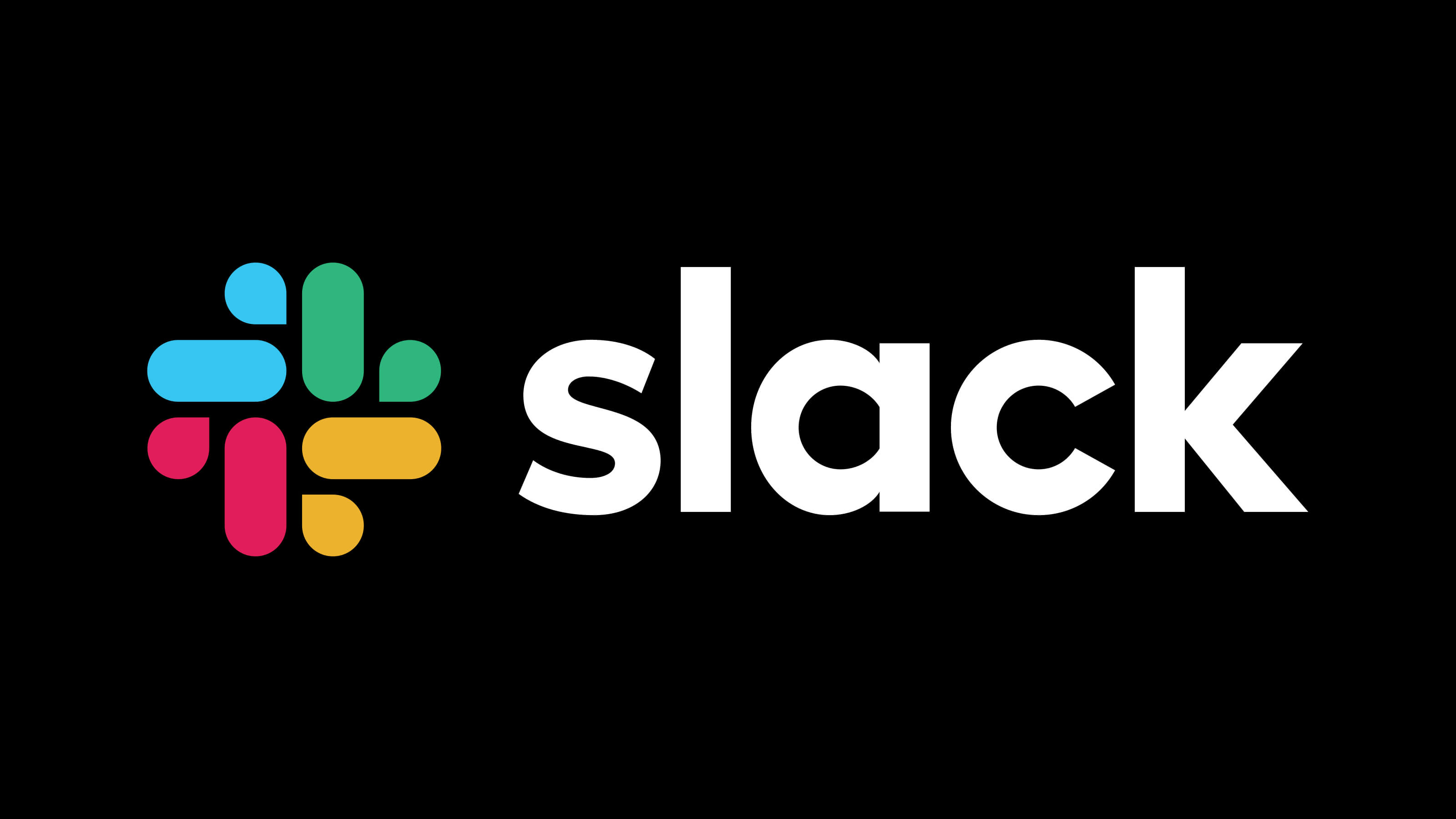The Future of Job Applications: What to Expect in 2025 and beyond

As we move closer to 2025, the landscape of job applications is undergoing significant transformations. Technological advancements and changing workforce dynamics are reshaping how employers and job seekers interact. Understanding these future trends is crucial for anyone looking to stay competitive in the job market. In this blog, we'll explore the upcoming changes in job applications, from the rise of advanced Applicant Tracking Systems (ATS) to the importance of balancing technology with human interaction.
The Rise of Advanced Applicant Tracking Systems (ATS)
Applicant Tracking Systems have revolutionized the recruitment process since their inception in the 1990s. Originally, ATS served as basic tools to manage large volumes of applications. Over the years, they have evolved into sophisticated platforms that utilize artificial intelligence (AI) and machine learning (ML) to streamline hiring processes and enhance the quality of hires.
Modern ATS are designed to handle various aspects of the recruitment process efficiently. They automate resume screening, rank candidates based on predefined criteria, and provide deep insights into recruitment metrics. By 2025, ATS will continue to play a pivotal role in recruitment, offering even more advanced features.
- Automated Resume Screening: ATS use AI to scan and rank resumes, reducing the time spent on initial screenings and ensuring that only qualified candidates proceed.
- Candidate Matching: Leveraging ML algorithms, ATS match candidates' skills and experiences with job requirements, making the hiring process more effective.
- Recruitment Analytics: These systems provide valuable insights into hiring metrics, helping HR teams to analyze and optimize their recruitment strategies.
- Integration with Other Tools: Modern ATS seamlessly connect with other HR systems, social media platforms, and job boards, facilitating a more integrated approach to recruitment.
- Enhanced User Experience: With intuitive interfaces, ATS make it easier for both recruiters and applicants to navigate and interact with the system.
AI and Automation in Job Applications
The integration of AI and automation into job applications is transforming the recruitment landscape. These technologies enhance the efficiency and effectiveness of hiring processes. By 2025, AI-driven tools are expected to become even more sophisticated, offering features that predict a candidate's long-term success within a company.
AI's role in recruitment goes beyond initial resume screening. It involves deeper candidate matching and predictive analytics that foresee how well a candidate might perform in a role over time. These capabilities not only reduce the time-to-hire but also improve the overall quality of hires.
"AI is revolutionizing the recruitment industry by providing more accurate predictions about candidates' potential and long-term fit within organizations."
Automated resume screening is one of the most significant contributions of AI to recruitment. This technology scans and ranks resumes based on specific criteria, ensuring that the most suitable candidates are identified quickly. Additionally, AI-driven candidate matching algorithms consider a range of factors, from skills and experience to cultural fit, providing a holistic view of each candidate.
Optimizing Your Resume for ATS
As ATS become more prevalent, optimizing resumes for these systems is essential for job seekers. Understanding how ATS parse and rank resumes can greatly increase your chances of advancing in the application process. Here are some key strategies to make your resume ATS-compatible:
- Use Standard Formatting: Keep your resume simple and clean. Avoid complex layouts, graphics, and tables, which can confuse ATS parsing algorithms.
- Include Relevant Keywords: Carefully read the job description and incorporate relevant keywords into your resume. These keywords help ATS recognize your resume as a match for the position.
- Use Common Fonts: Stick to widely used fonts like Arial, Times New Roman, or Calibri. These fonts are more likely to be accurately parsed by ATS.
- Avoid Headers and Footers: Place all critical information in the main body of your resume. ATS may not parse headers and footers correctly, leading to missed details.
- Submit in Preferred Formats: Whenever possible, submit your resume as a Word document (.doc or .docx) or in plain text (.txt) format. Although some ATS can read PDFs, these formats are safer choices.
By adhering to these guidelines, you can enhance the visibility and compatibility of your resume with ATS, increasing your chances of being shortlisted for interviews.
The Role of Job Boards and Professional Networks
Job boards and professional networks are crucial components of the job application ecosystem. Many job boards have integrated ATS functionalities, allowing employers to manage applications more efficiently. For job seekers, optimizing their profiles on these platforms is vital to increase their chances of being noticed by recruiters.
- Job Boards: Ensure that your profile is complete and optimized with industry-specific keywords. This helps in making your profile stand out in ATS searches.
- LinkedIn: As a leading professional network, LinkedIn is indispensable for job seekers and recruiters alike. Make sure your LinkedIn profile is comprehensive, aligned with your resume, and highlights your skills and experiences effectively.
- Professional Networks: Actively participate in professional networks to enhance your visibility and connect with industry professionals. Networking can open doors to opportunities that are not publicly advertised.
Maintaining updated profiles on job boards and LinkedIn, and actively engaging in professional networks, can significantly boost your job search efforts.
Balancing Technology and Human Interaction in Hiring
While technology like ATS plays a pivotal role in modern recruitment, the value of personal interaction cannot be overstated. Building and maintaining personal relationships remain essential for successful job searches and hiring processes. As companies rely more on technology, they must also ensure that they maintain a balance with human interactions.
For job seekers, this balance involves combining the use of technology with proactive networking. Engaging in both online and offline networking activities can help uncover job opportunities that might not be listed publicly. It also provides a platform to build relationships with potential employers and industry peers.
"In a world increasingly dominated by technology, the human touch is still critical to building meaningful professional relationships."
Recruiters, too, must balance the efficiency of ATS with personal interactions. Providing personalized feedback, conducting in-depth interviews, and building rapport with candidates are all crucial aspects of the hiring process that technology cannot replace.
Future Trends in Job Applications
The future of job applications is poised to be influenced by several key trends as we approach 2025. These trends are expected to further revolutionize the way we apply for jobs and how employers select candidates. Here's what to watch out for:
- Enhanced Candidate Experience: Future ATS will focus more on creating user-friendly and engaging application processes. Expect to see features like chatbots for real-time assistance and mobile-friendly interfaces becoming standard.
- Greater Integration with HR Technologies: ATS will continue to integrate seamlessly with other HR tools, such as onboarding systems, performance management software, and employee engagement platforms, creating a more cohesive HR ecosystem.
- Improved Data Security and Privacy: As concerns about data security rise, future ATS will prioritize secure data storage and compliance with data protection regulations, ensuring the privacy and security of applicant information.
- Emerging Technologies: Innovations like virtual reality (VR) and augmented reality (AR) could become part of the job application process, providing candidates with immersive experiences during interviews and assessments.
Staying informed about these emerging trends will help both job seekers and employers adapt to the rapidly changing landscape of job applications.
Practical Tips for Job Seekers in the Evolving Landscape
As job applications evolve, job seekers need to remain proactive and adaptable. Navigating this changing landscape requires a mix of staying informed, leveraging technology, and maintaining personal connections. Here are some practical tips to help you succeed:
Frequently Asked Questions

Stephen Leshko
Stephen Leshko is the CTO of OfferPilot, where he drives technological innovation and development. With a deep passion for artificial intelligence, he focuses on integrating AI solutions to enhance the job search experience for users.
You should also check out


